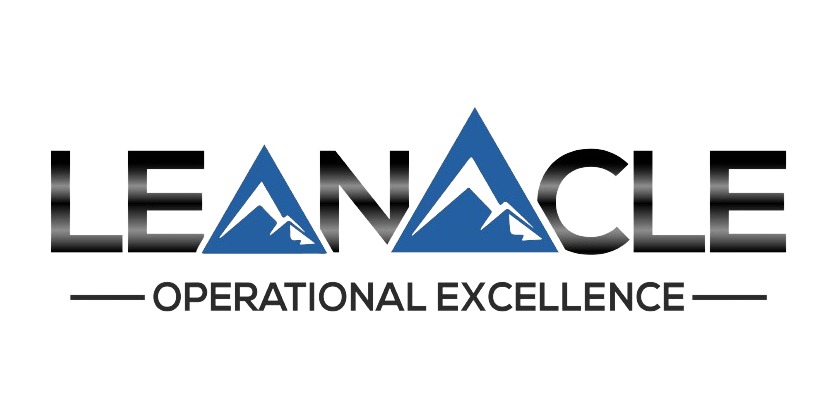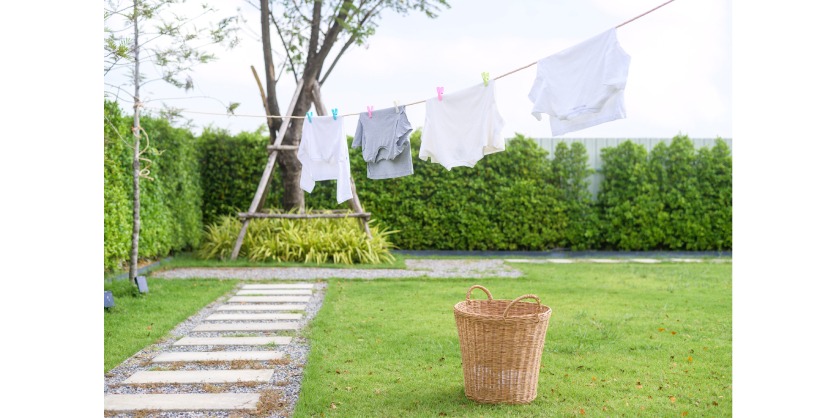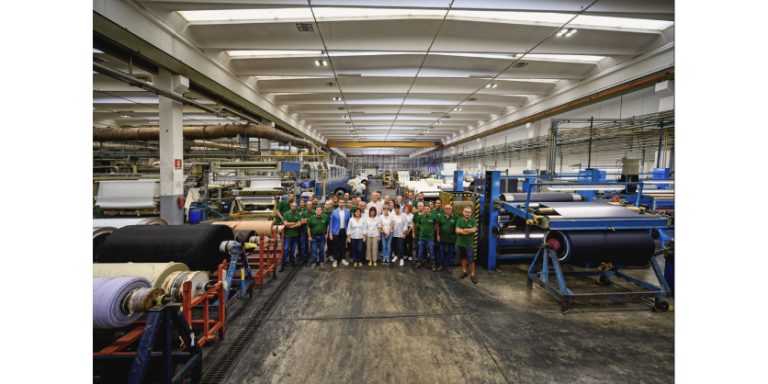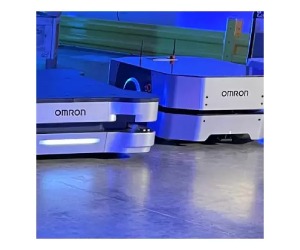Why You Should Air Your Dirty Laundry in Public… In a Manufacturing Environment
May 28, 2025

By Swathi Mohan, Founder of Leanacle Inc.
Should you air your dirty laundry in public? In a manufacturing environment, absolutely!
Wait, what? Let’s talk.
Let me ask you something:
Do you wait until a problem becomes urgent before involving the team?
Do you sometimes “tidy up” issues before sharing them with leadership?
Do you hesitate to raise risks because it might make you or your team look bad?
If you’re nodding (even internally), you’re not alone.
But here’s the twist: That instinct to protect your image? It’s likely costing you thousands in lost time, rework, missed opportunities, and avoidable fires.
In Most Places, You Hide the Mess.
But Manufacturing Isn’t Most Places.
We’ve all heard the saying: “Don’t air your dirty laundry in public.” It’s considered polite. Professional. Safe.
But in manufacturing? The mess is the mission.
If you’re not surfacing what’s broken, blocked, missing, or misaligned, you’re flying blind. And someone, often your customer, is paying the price.

Management by Exception: Don’t Look for What’s Going Well
In Lean manufacturing, especially the Toyota Way, there’s a critical mindset shift: Don’t walk the floor hoping for a thumbs-up. Walk the floor actively looking for what needs help. In fact, at Toyota, people are encouraged to lead with bad news.
Because in manufacturing, the only thing worse than a problem… is a hidden one. And here’s the thing: Every problem is a golden opportunity. Not the kind that leads to finger-pointing, but the kind that unlocks process improvements, cost savings, and productivity gains.
Worried It’ll Make You Look Bad?
Completely understandable. Our culture trains us to spotlight the wins and conceal the gaps.
But manufacturing is a team sport, not a talent show. And this is exactly where the Obeya (Japanese for “big room”) comes in.
It’s not a space for show-and-tell. It’s a space to surface challenges and solve them, together!
Picture a visual hub where:
Material shortages are clearly posted
Training gaps are flagged in real time
Downtime trends are visible to everyone
You’re not airing dirty laundry for drama. You’re doing it for alignment. For action. For results.
Let’s Get Practical: 3 Ways to Broadcast the Right Way
- Start With “What’s Not Working” Kick off every huddle or Obeya session by asking:
“What’s off track?” Normalize the act of naming friction points early and often. - Create a Visible “Problem Board” Make room (literally) for problems. Don’t bury them in reports. Put them on the wall. Even better: track when they’re solved. This not only boosts transparency, it builds team pride.
- Recognize Transparency, Not Perfection When someone raises an issue early, thank them publicly. They may have just prevented a shutdown, a late delivery, or a customer escalation.
So, should you air your dirty laundry in public? In a manufacturing environment, absolutely! Because if no one can see the dirt, no one can clean it up.
Want a quick-start Obeya template or a “Bad News First” guide for your next huddle? Reach out at Swathi.Mohan@leanacle.com, I’ll be happy to share it.
Let’s turn problems into progress. Together

About the Author
Swathi is the founder of Leanacle, a lean consulting company helping SME automotive manufacturers in Ontario boost their operational efficiency. With over a decade of experience at Toyota, Swathi is passionate about transforming shop floors into hubs of collaboration and productivity. Through structured Huddles and people-powered Lean principles, she helps manufacturers achieve profit-boosting efficiency.
More Information
Related Stories from Swathi
From Suits to Steel-Toes: Why Shop Floor Harmony Builds Manufacturing Gold
Through interactive exercises and real-world problem-solving, employees become active participants in transforming their workplaces. The results speak for themselves—one SME uncovered over $260,000 in cost savings while boosting employee morale and driving operational improvements. When the gap between management and workers narrows, innovation flourishes, and efficiency becomes second nature. Can your organization afford to overlook this untapped potential?
Tariffs – Can You Look Within?
By learning from industry leaders and adopting a mindset of continuous improvement, SMEs can navigate uncertainty with confidence—ensuring growth and profitability in 2025 and beyond. Check out the Tariff Readiness Checklist to see exactly where you can take action now. The businesses that survive uncertainty are the ones that focus inward—on efficiency, adaptability, and continuous improvement.
The Evening After the Storm, The Huddle Before the Shift—What is Common?
Do your current Huddles bring your team together? Are they problem-solving powerhouses or just routine meetings everyone tolerates? Take this scenario as an example of how these actions can make an impact.


